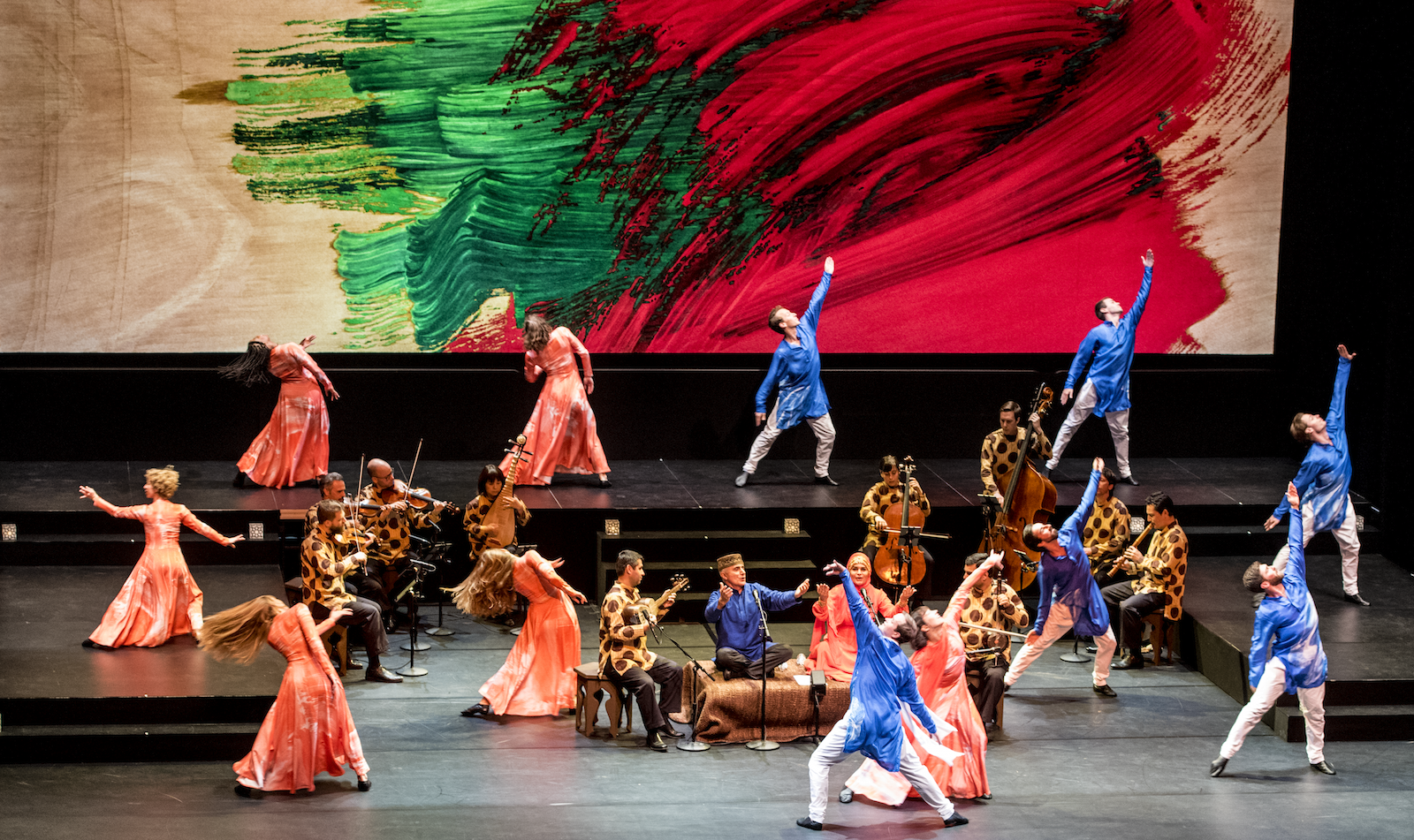Layla and Majnun
Online Event
Performances Times
April 08, 2021
7:30 pm
ET
Works Performed
Layla and Majnun
Music - Uzeyir Hajibeyli
In conjunction with the exhibition, Wondrous Worlds: Art & Islam Through Time & Place, the Carlos Museum presents a virtual screening of the MMDG production of Layla and Majnun with an introduction by Dr. Aida Huseynova, of the Indiana University Jacobs School of Music, who served as a research advisor for the production.
Layla and Majnun, an ancient tale of forbidden love traveled along the Silk Road and is revered in many Middle Eastern and sub-continental cultures; Muslim, Sufi, Hindu, and secular.
Layla and Qays, in love since childhood, are not allowed to marry. Layla is married off to another and Qays, now called Majnun, which means possessed, retreats to nature where he spends his life writing verses about his love for Layla. Ultimately the two lovers unite, but only in death.
This story was also famously expressed in poetic form by many authors of the Middle East, including Nizami Ganjavi (1141-1209) and Muhammad Fuzuli (1494-1556). The last version written in Azerbaijani language, inspired the composer from Azerbaijan Uzeyir Hajibeyli (1885-1948) to create an opera in 1908. This opera is often referred to as a “mugham opera” as it is based on mugham, the improvised genre of traditional music of Azerbaijan. In 2007, the Silkroad Ensemble founded by cellist Yo-Yo Ma created the new chamber arrangement of the Hajibeyli’s opera. In 2016, renowned choreographer Mark Morris created a new production of the story, a seventy-minute performance featuring Azerbaijani mugham singers Alim Qasimov and Fargana Qasimova, musicians from the Silkroad Ensemble performing on traditional Eastern instruments (kamancheh, tar, shakuhachi, and pipa) combined with Western strings (two violins, viola, cello, and contrabass) and a percussionist, along with 16 dancers from the Mark Morris Dance Group.
Howard Hodgkin, the esteemed English painter and expert collector of antique Mughal miniature paintings, designed the costumes and decor, with all of the musicians and dancers sharing the stage space on platforms and in front of a backdrop, his painting “Love and Death”. Morris describes it as “a visually, musically, and choreographically unified and self-contained concert piece. An enlightening tragedy.”



